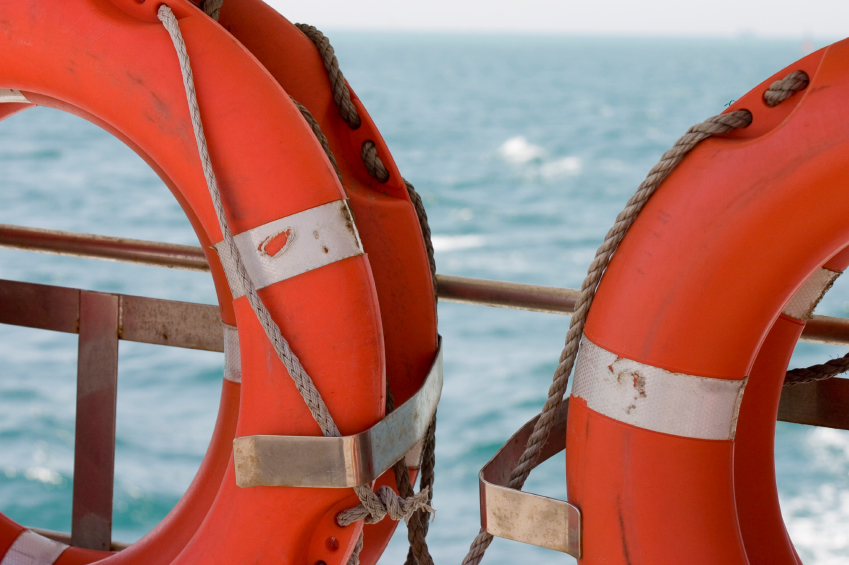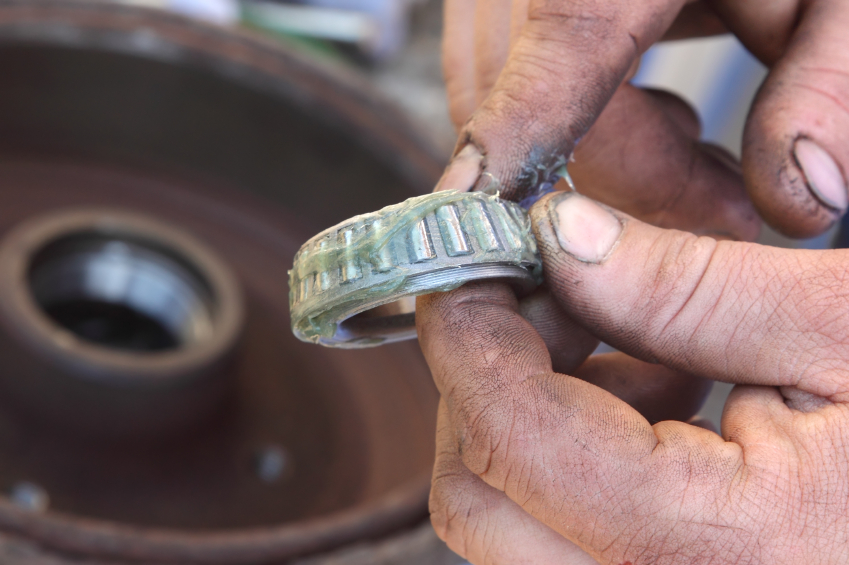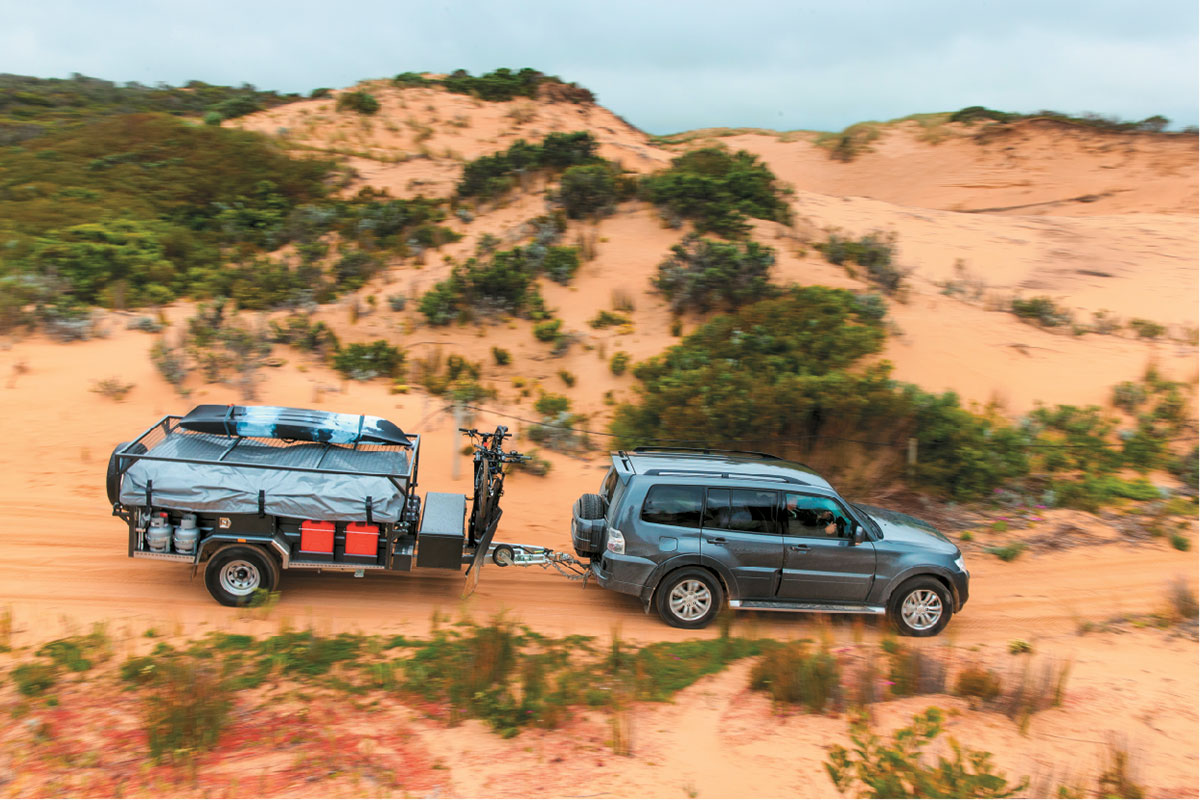Every happy water excursion should be underscored with a consistent theme of safety. Let’s look at what you need to remember about your boat launch before you get your feet wet.
Safety equipment
Regardless of whether you’re going for a short punt around the heads or a three-night deep-sea fishing expedition, you need all the safety gear. The requirements vary slightly for each state and territory, but here’s a rough guide:
- Life vests – one for each person. Check they are in good condition
- Distress flares – two red
- Smoke signals – two orange
- Distress beacon or emergency position indicating radio beacon (EPIRB)
- Marine two-way radio
- Analogue compass
- Paper map and charts
- Bailing bucket – can be used to bail water from open bilges (smaller boats) and to extinguish fires
- Bilge pump – for covered bilges
- First-aid kit
- Fire extinguisher
- Pair of oars or paddles
- Anchor
- Life buoy
- Bottled water
- Floating, waterproof torch
Additionally, mobile phones can be used as a last resort. They can have surprising range at sea.
Note that there are fewer requirements for boating in enclosed waters (rivers, bays and harbours). For more information on boat launch safety, check with your local marine authority.
Here are links to the safety equipment requirements for each state and territory:
Pre-launch checklist
Here are some of the things you need to remember before you hit the road and launch that boat.
- Planning: Before you leave home, plan your trip. Check the charts and Google the area. Have an idea where you might anchor.
- Backup: Tell someone where you’re going and when to expect you back.
- Tools: Do you have enough basics to get your motor running?
- Fuel: Are your tanks full? Even if you’re experienced, don’t risk launching without adequate reserves.
- Batteries: Are they fully charged?
- Weather: Keep an eye on it. For the most up-to-date reports, only use www.bom.gov.au or Australian-made smartphone apps that clearly indicate that they use a direct Bureau of Meteorology (BOM) feed. Many foreign apps use syndicated weather feeds, which can run hours late.
- Bungs: Check they’re all screwed in firmly.
- Queuing: Make sure you prep your boat and unstrap it from the boat trailer before you reach the boat launch ramp. This is mainly to ensure you don’t forget anything important when you’re in a rush but it’s also a courtesy to other boaters in the queue.
- Ramp: Check where the tide is and the condition of the launch area before reversing into it. [How to reverse with a boat trailer]
- Painter: Tie a painter (rope) to the bow to maintain control of the boat as it comes off the trailer.
- Help: Don’t be afraid to ask for help.
There’s a lot to remember, but it’s vital that you don’t take chances. Make sure you hit the water fully prepared.
By now, you’re probably wondering about the real costs of boat ownership.





